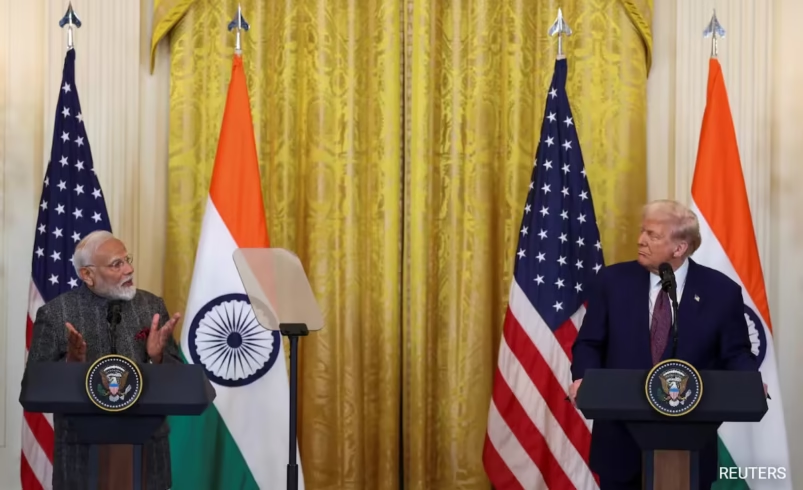Impact of Trump’s Tariff Hikes on India’s Copper and Pharma Sectors
- July 9, 2025
- 0

U.S. President Donald Trump has announced a significant increase in tariffs, imposing a 50% duty on copper imports and warning of a potential 200% tariff on pharmaceuticals. This decision follows similar measures on steel and aluminum, marking a continuation of Trump’s aggressive trade policies since his return to the White House. The new tariffs are set to take effect by August 1, with no extensions planned, affecting numerous global economies.
The implications for India are substantial, as the United States is a major market for both Indian copper and pharmaceuticals. In the fiscal year 2024-25, India exported $2 billion worth of copper globally, with $360 million directed to the U.S., making it the third-largest market after Saudi Arabia and China. Copper’s critical role in sectors like energy and infrastructure means that any reduction in U.S. demand could be offset by domestic consumption. However, the pharmaceutical sector faces more severe challenges. The U.S. is India’s largest market for pharmaceuticals, with exports reaching $9.8 billion in FY25, accounting for 40% of India’s total pharma exports.
Trump’s proposed 200% tariff on pharmaceuticals could drastically reduce demand for Indian generics, which are crucial for providing affordable medicines in the U.S. This move comes as India is negotiating a mini-trade deal with the U.S., which could potentially mitigate the impact of these tariffs if finalized before the August deadline.
Commerce Secretary Howard Lutnick indicated that the copper tariff would likely be implemented by late July or early August. Meanwhile, Trump has ordered investigations into imports of various goods, including pharmaceuticals and semiconductors, which could lead to further tariffs. He also threatened a 10% tariff on BRICS nations, criticizing them as “not a serious grouping” but acknowledging their challenge to the U.S. dollar.
India’s strategic response to these tariffs will be crucial in maintaining its export markets and mitigating economic impacts.